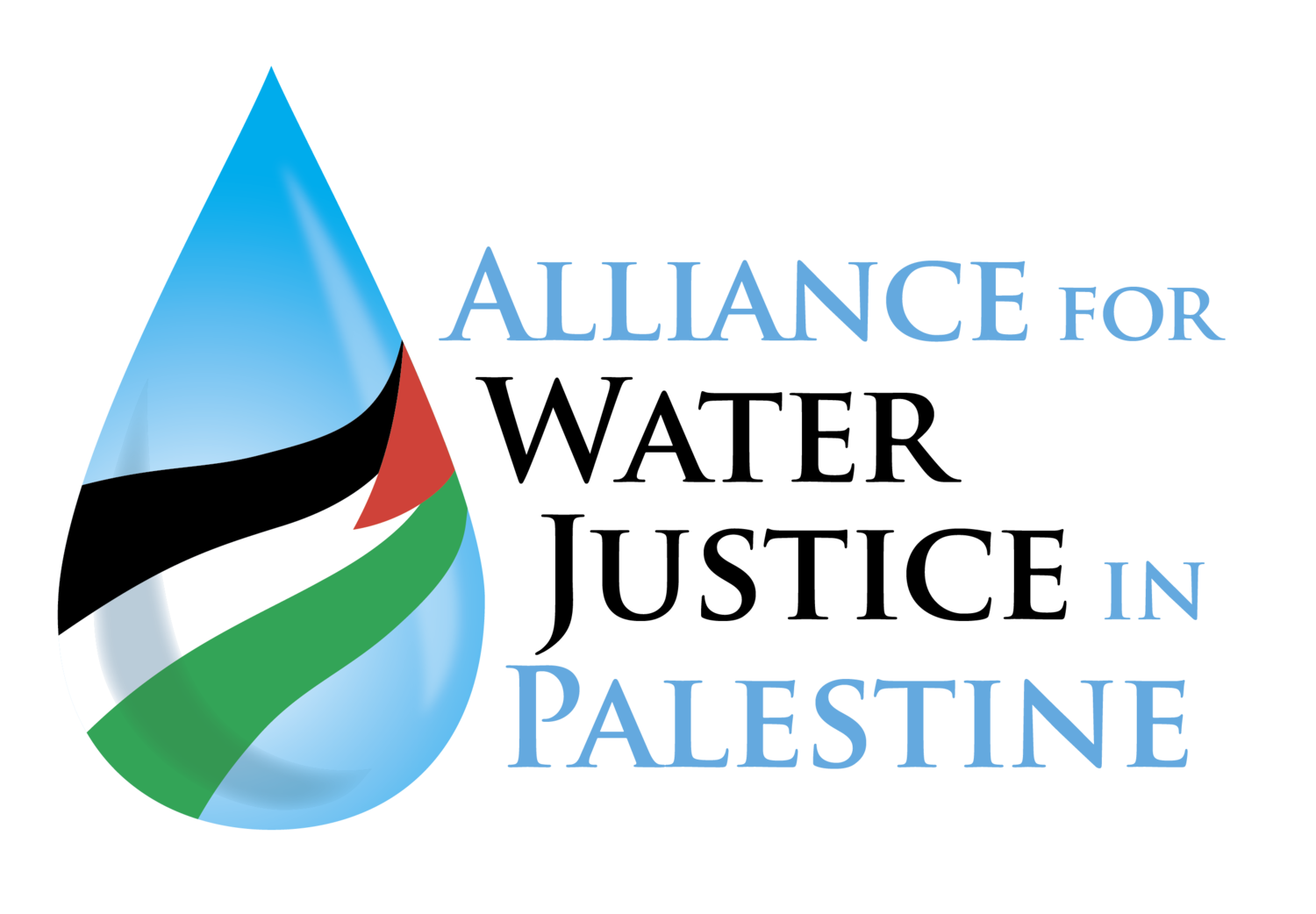Two out of the 20 trucks that entered Gaza on 21 October via the Rafah crossing carried 44,000 units of bottled water supplied by UNICEF, which is enough for only 22,000 people for one day. A limited number of additional units of bottled water entered on 22 October.
The three seawater desalination plants, which, prior to the hostilities, produced seven per cent of Gaza’s water supply, are currently not operational, while only a few municipal groundwater sources operate at reduced levels. Water trucking operations came to a halt in most areas due to the lack of fuel, insecurity and roads being blocked by debris. Bottled water is largely unavailable, and its price has made it unaffordable for most families. Private vendors, who operate small water desalination and purification plants, which are mostly run by solar energy, became the main suppliers of clean drinking water.
People are consuming saline water with over 3,000 milligrams per litre of salt content from agricultural wells. This poses an immediate health risk, raising hypertension levels, especially in babies under six months, pregnant women and people with kidney disease. The use of saline groundwater also increases the risk of diarrhea and cholera. Health partners have detected cases of chicken pox, scabies and diarrhea, attributable to the poor sanitation conditions and consumption of water from unsafe sources. The incidence of such diseases is expected to rise unless water and sanitation facilities are provided with electricity or fuel to resume operations.
The average water consumption from all sources and for all needs (including cooking and hygiene) dipped to just three litres per day per person, according to estimates by partners of the Water, Sanitation and Hygiene (WASH) Cluster.
Eastern Khan Younis (Bani Suheila area) is currently one of the few areas where piped water is supplied to households for a few hours per day. This follows the Israeli authorities’ reactivation of one out of three water lines servicing this area on 15 October. The distribution of this water to the rest of Khan Younis city is impaired by the lack of pumping capacity.
Most of the 65 sewage pumping stations are not operational, increasing the risk of sewage flooding. All five wastewater treatment plants in Gaza have been forced to shut down due to lack of power, resulting in substantial amounts of raw sewage being continuously dumped into the sea.
For more: Hostilities in the Gaza Strip and Israel | Flash Update #16
Humanitarian aid at the Rafah crossing, 21 October 2023. Photo by © UNICEF/UNI456244/El Baba

